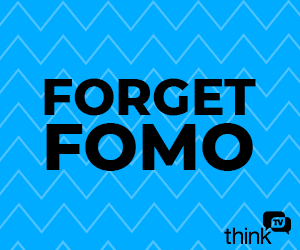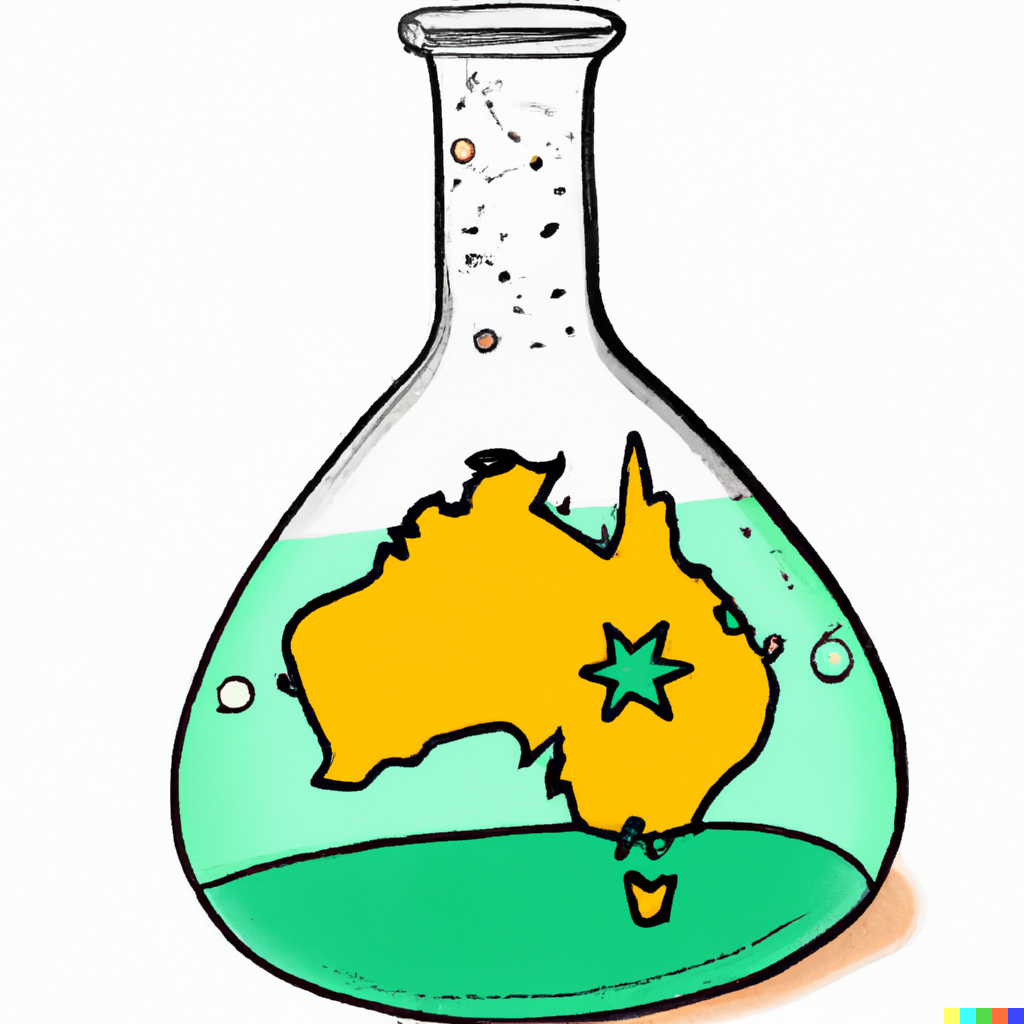The Australian experiment

Welcome to a midweek update from Unmade. Today: Why the Australian media and marketing industry is just the right size for global experiments.
If you believe there’s a need for independent analysis of the industry your work within, you can help sustain it by becoming a paying member of Unmade. Join today.

How Australia has become a Goldilocks market for communications industry experimentation

Tim Burrowes writes:
I’m in danger of succumbing to one of the trade press’s most annoying afflictions: Visiting Fireman Syndrome.


